
Shop
Aussie Ark Cap
$30.00
455 in stock
Description
Embroidery on the front features a Tasmanian devil and ‘Aussie Ark’ on the back. It has snap back adjustable sizing strap at the back of the cap.
Colour: Olive
Material: Keurone Fabric: 80% Nylon 12% Rayon 8% Spandex
Additional Information
| Weight | 110 g |
|---|
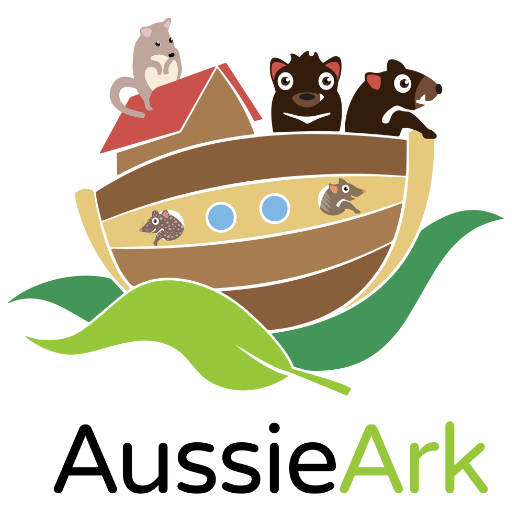
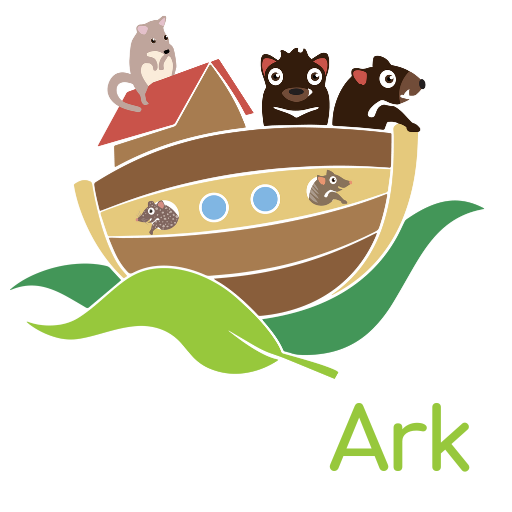

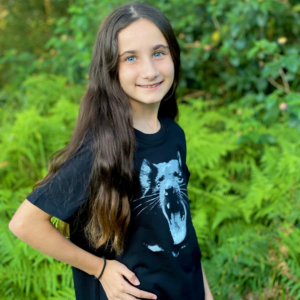
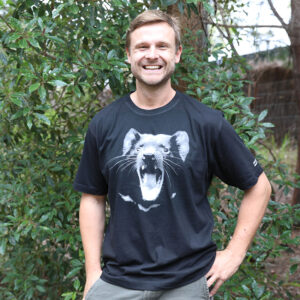
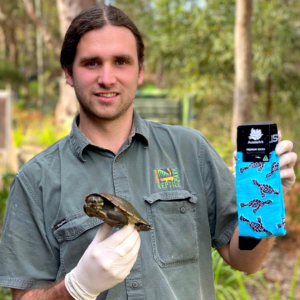
Reviews
There are no reviews yet.